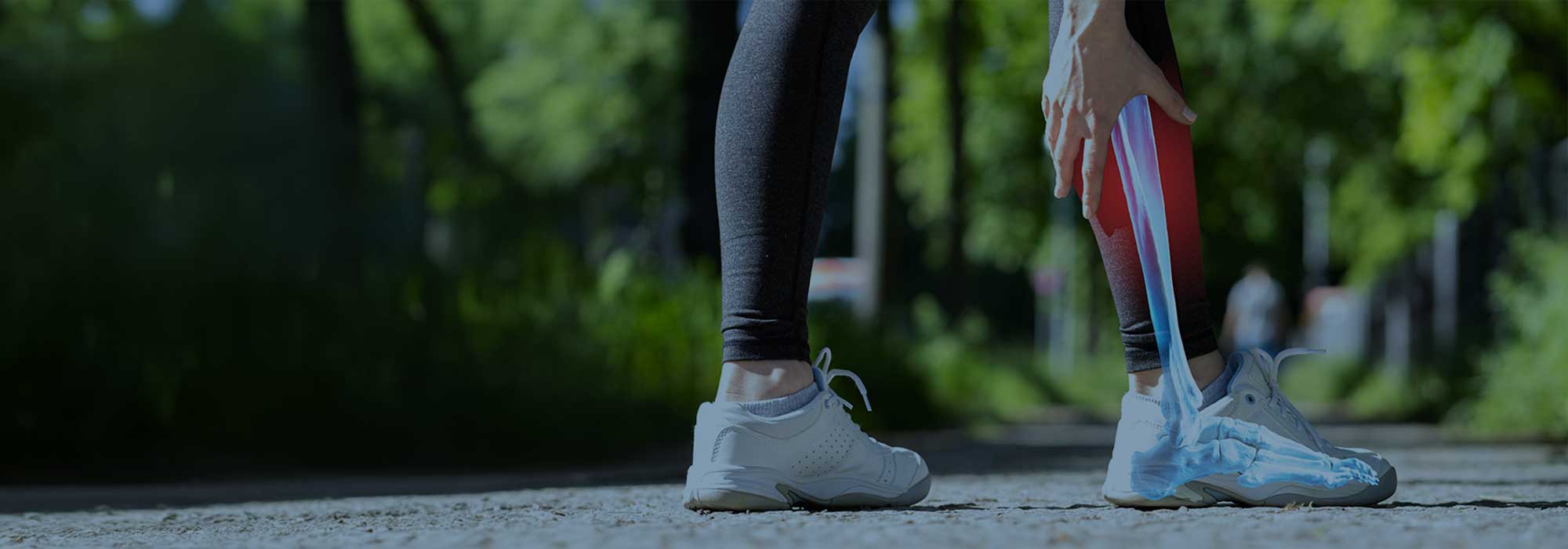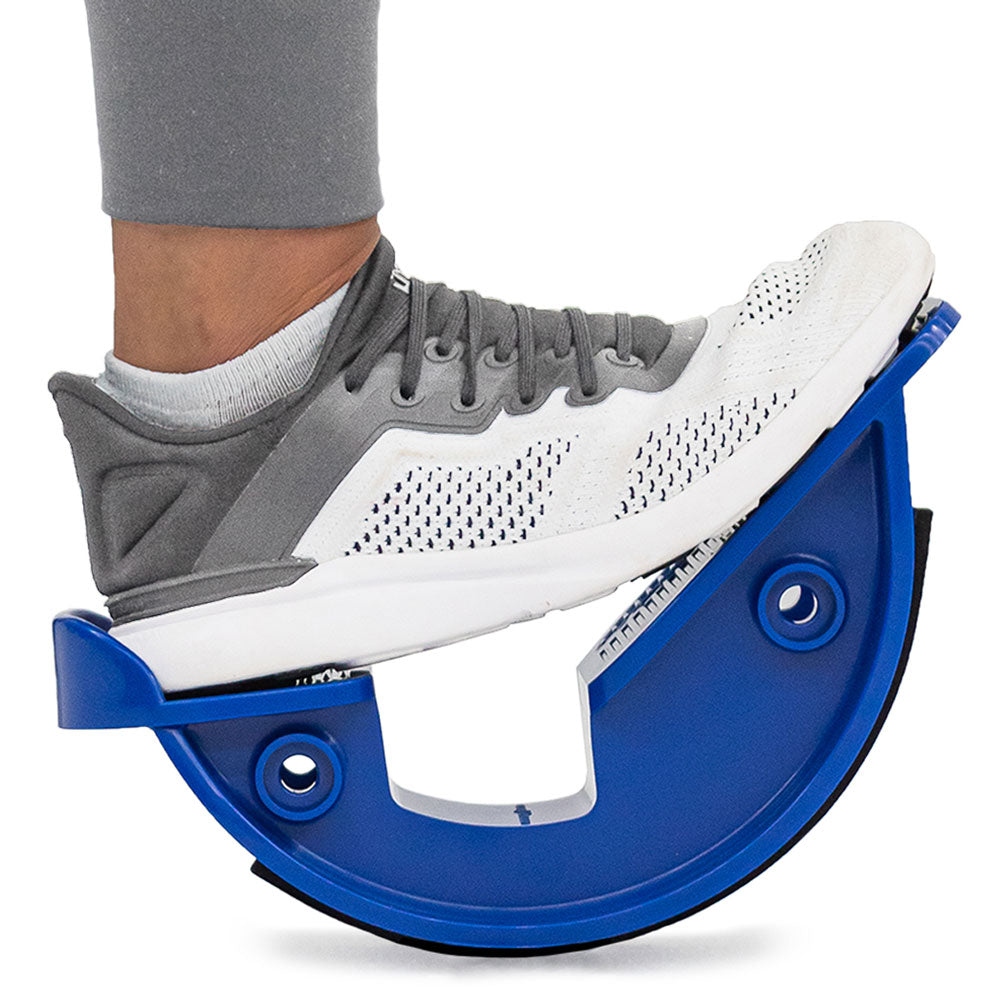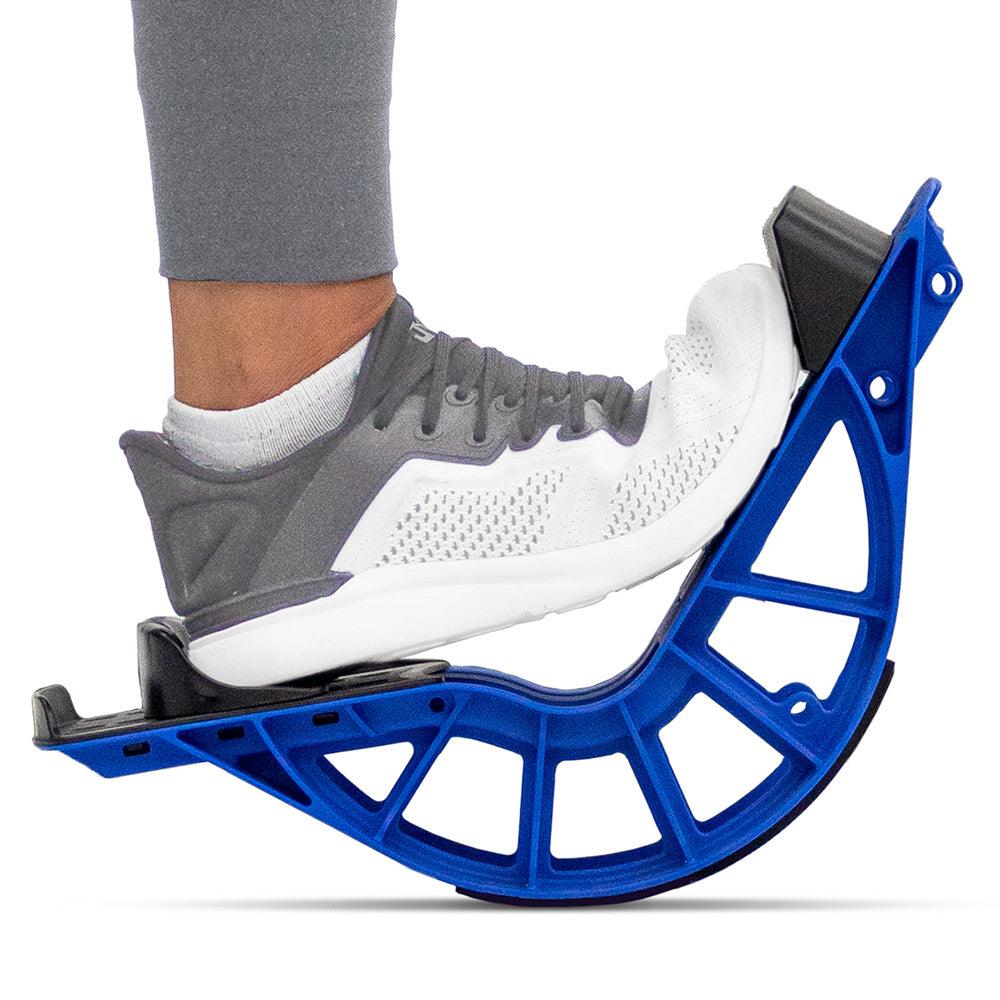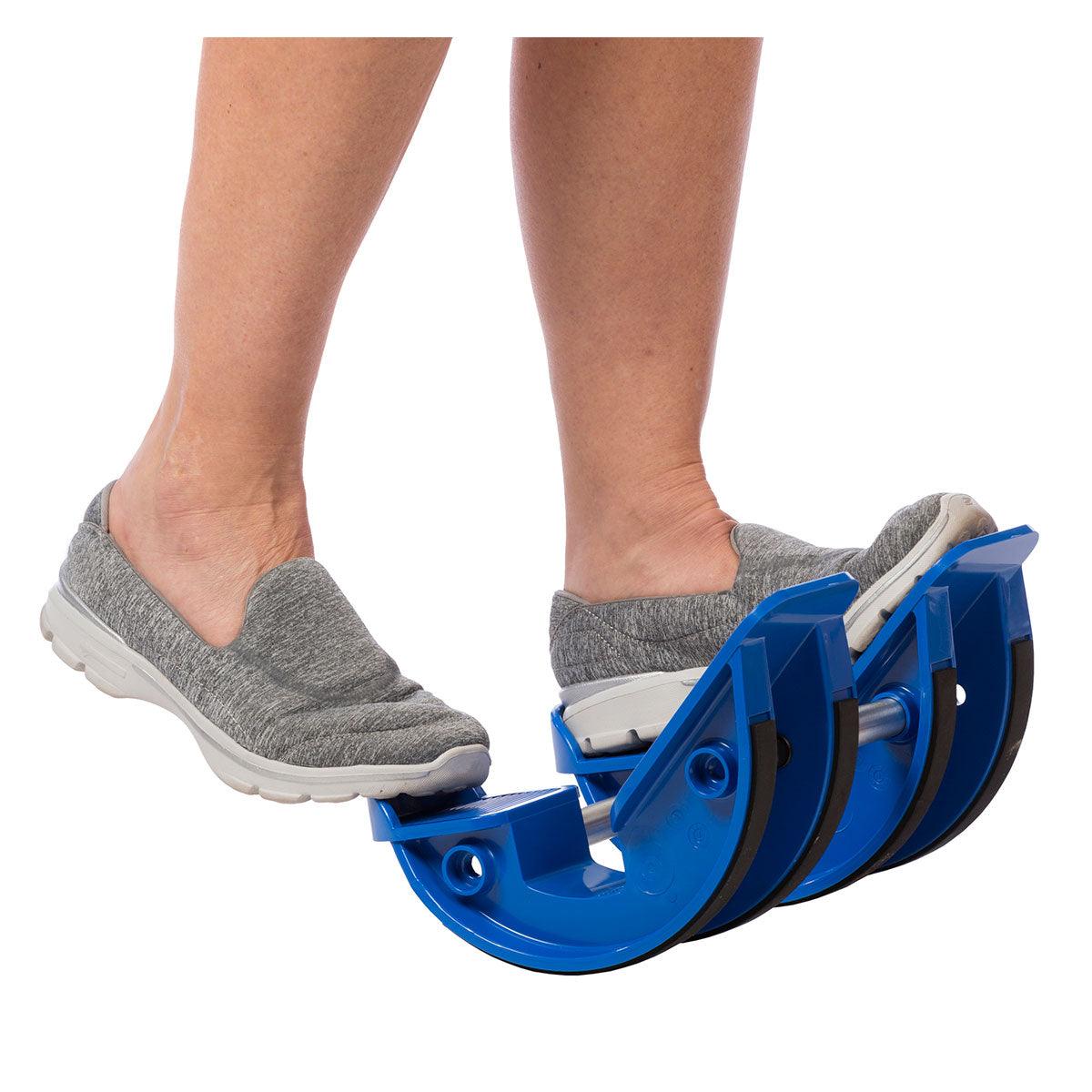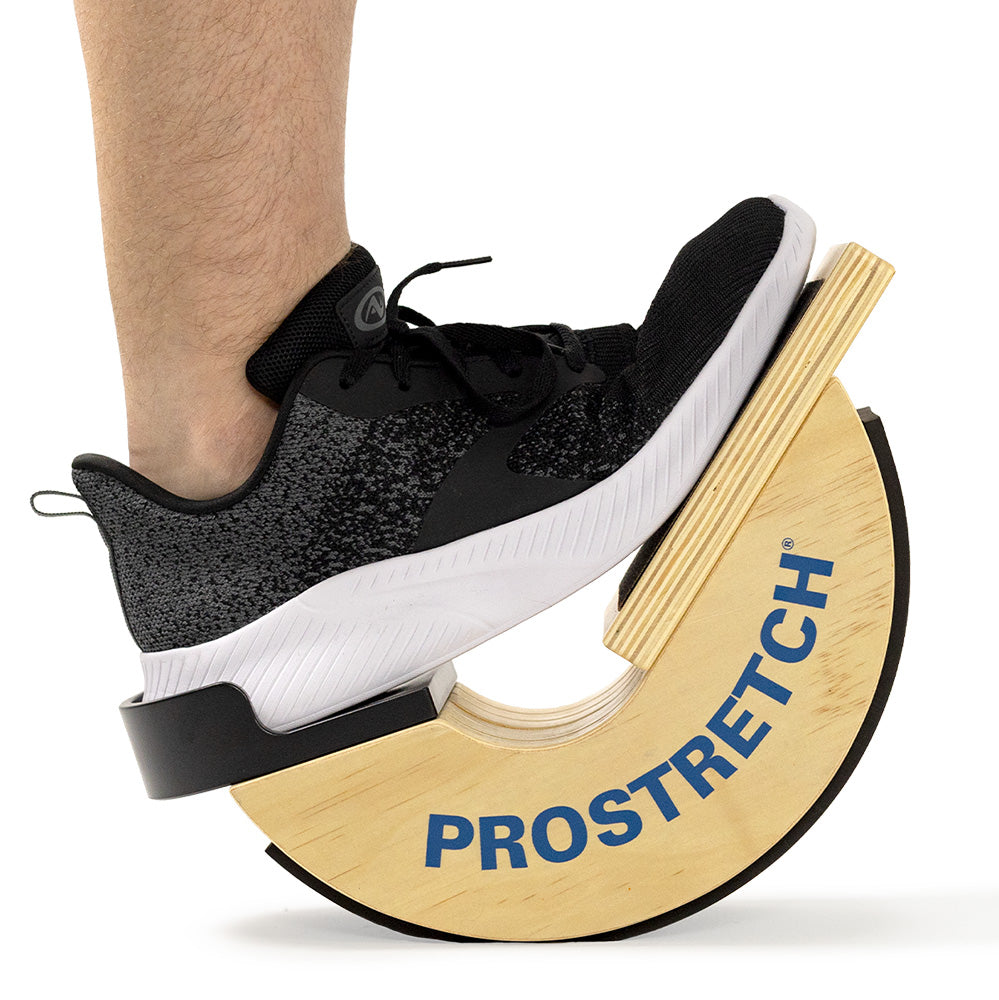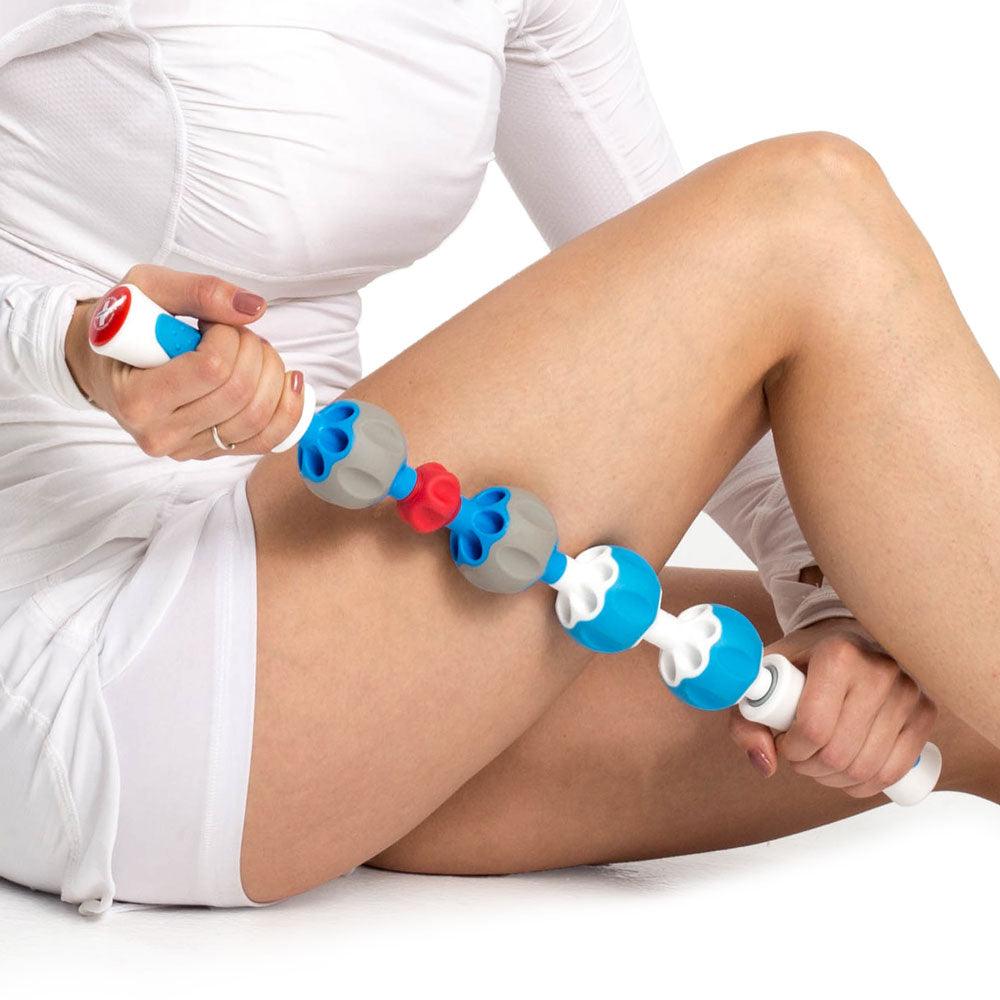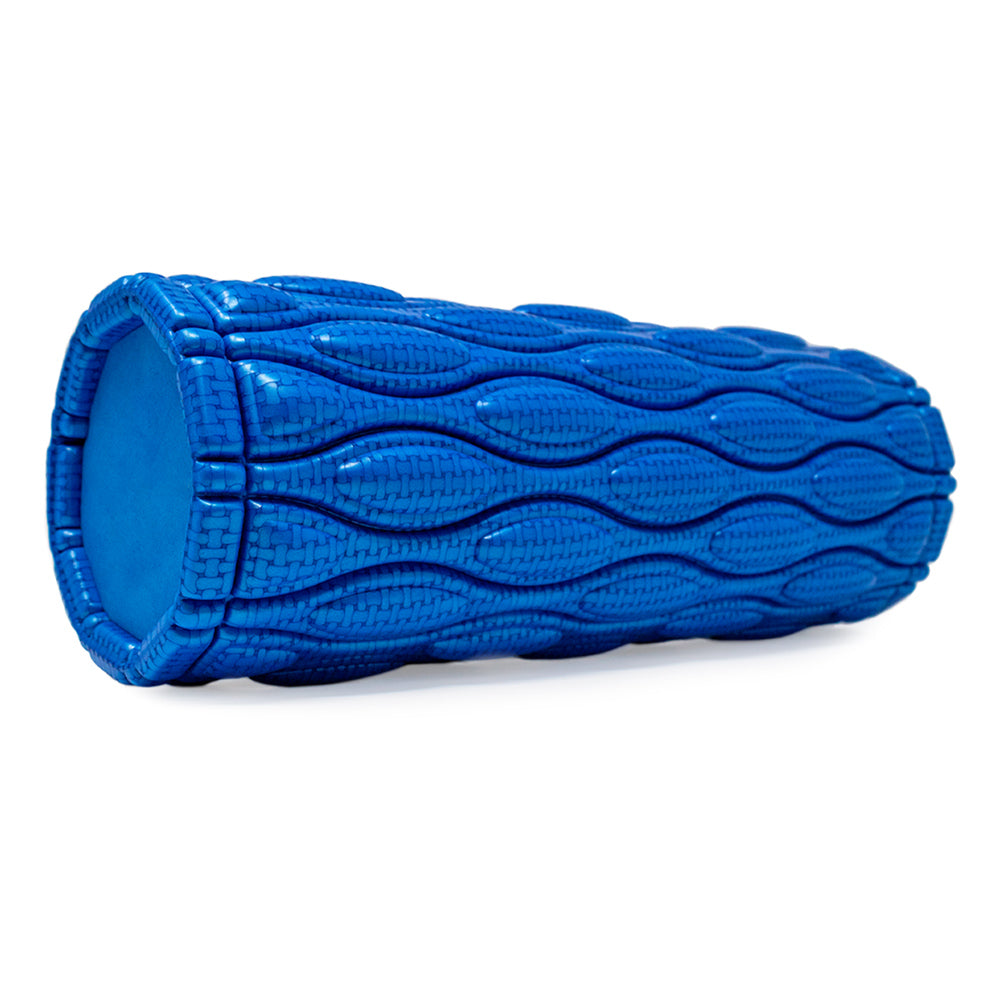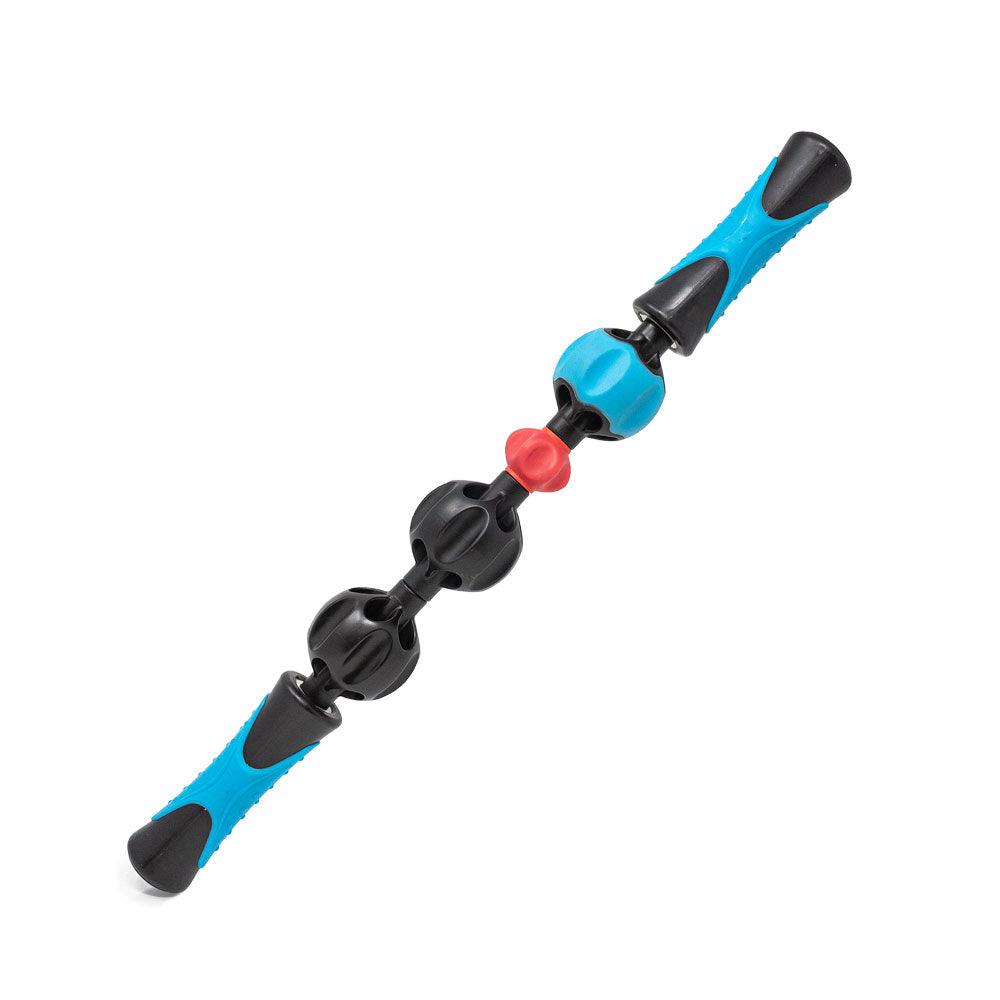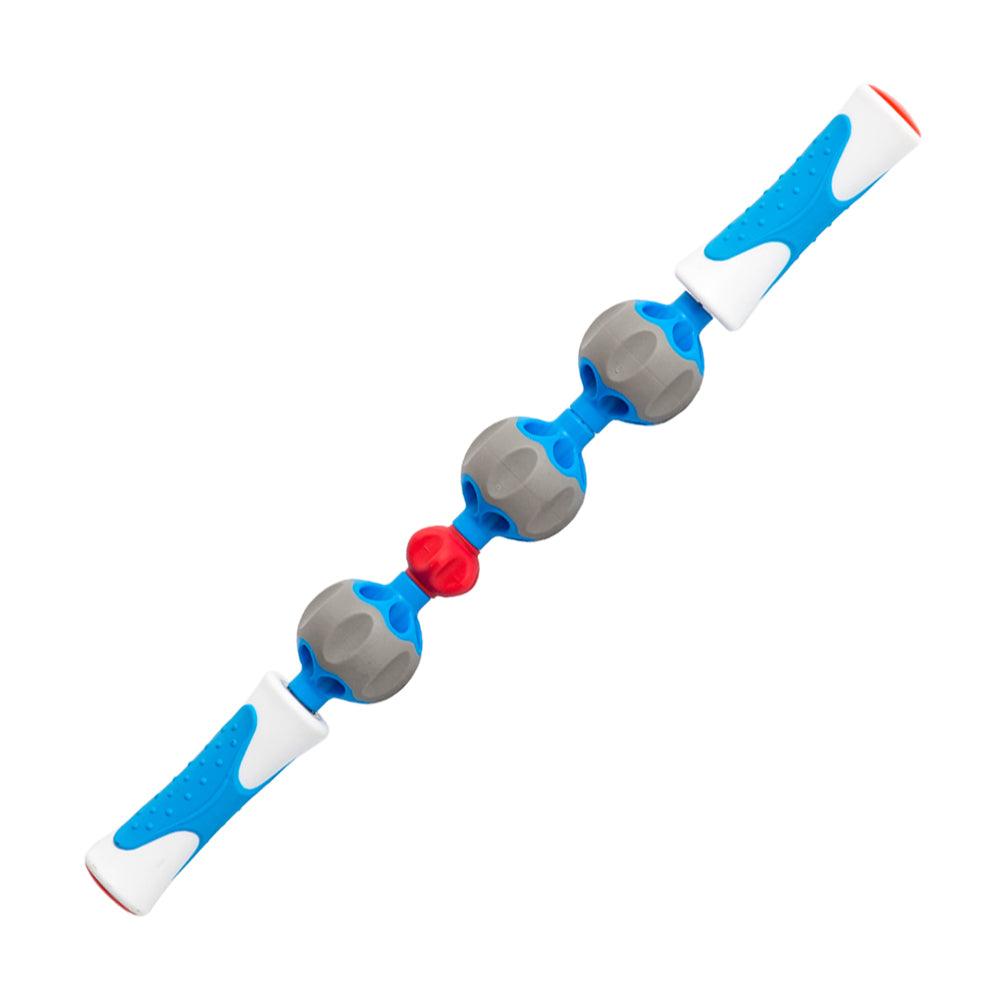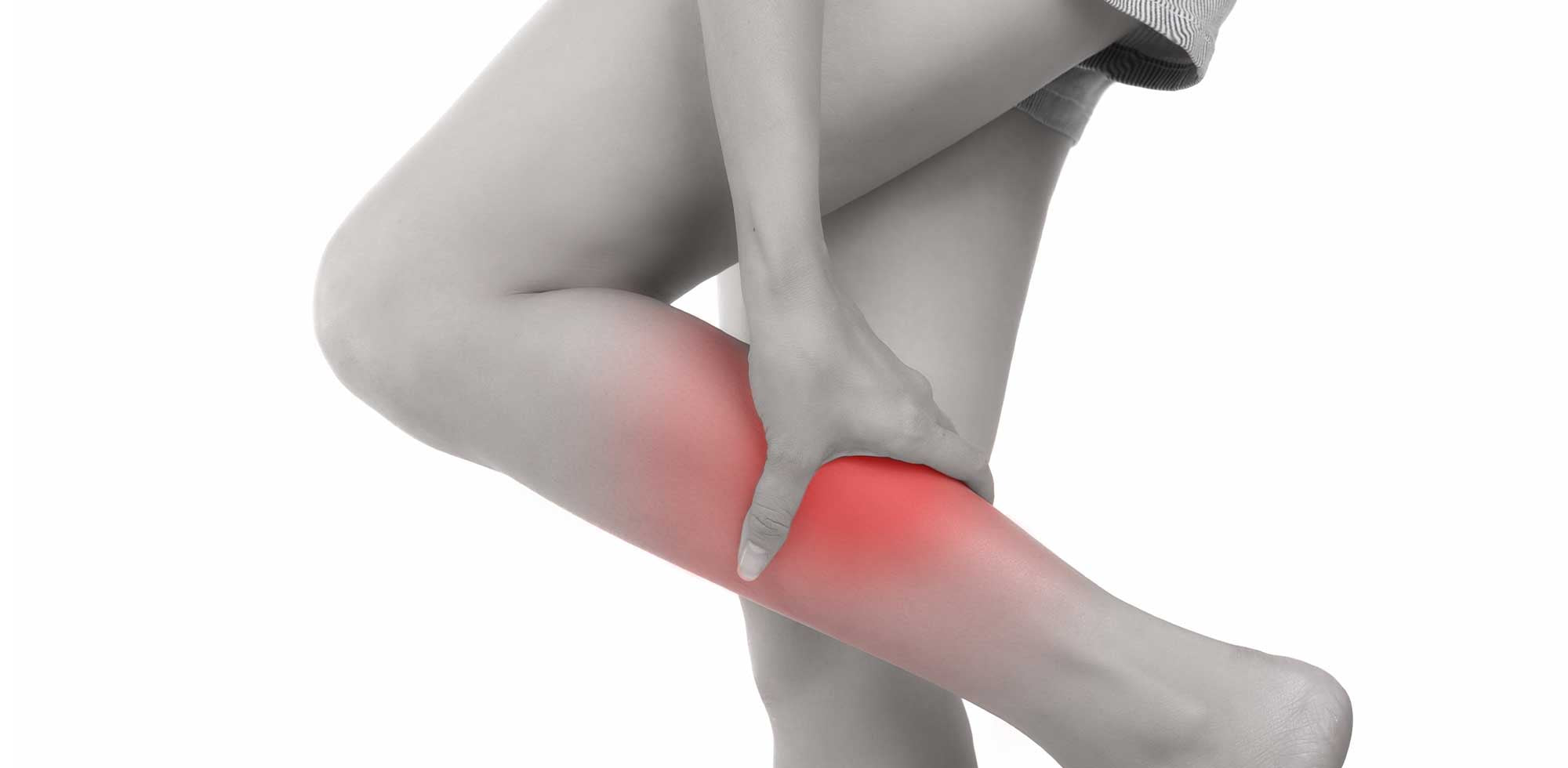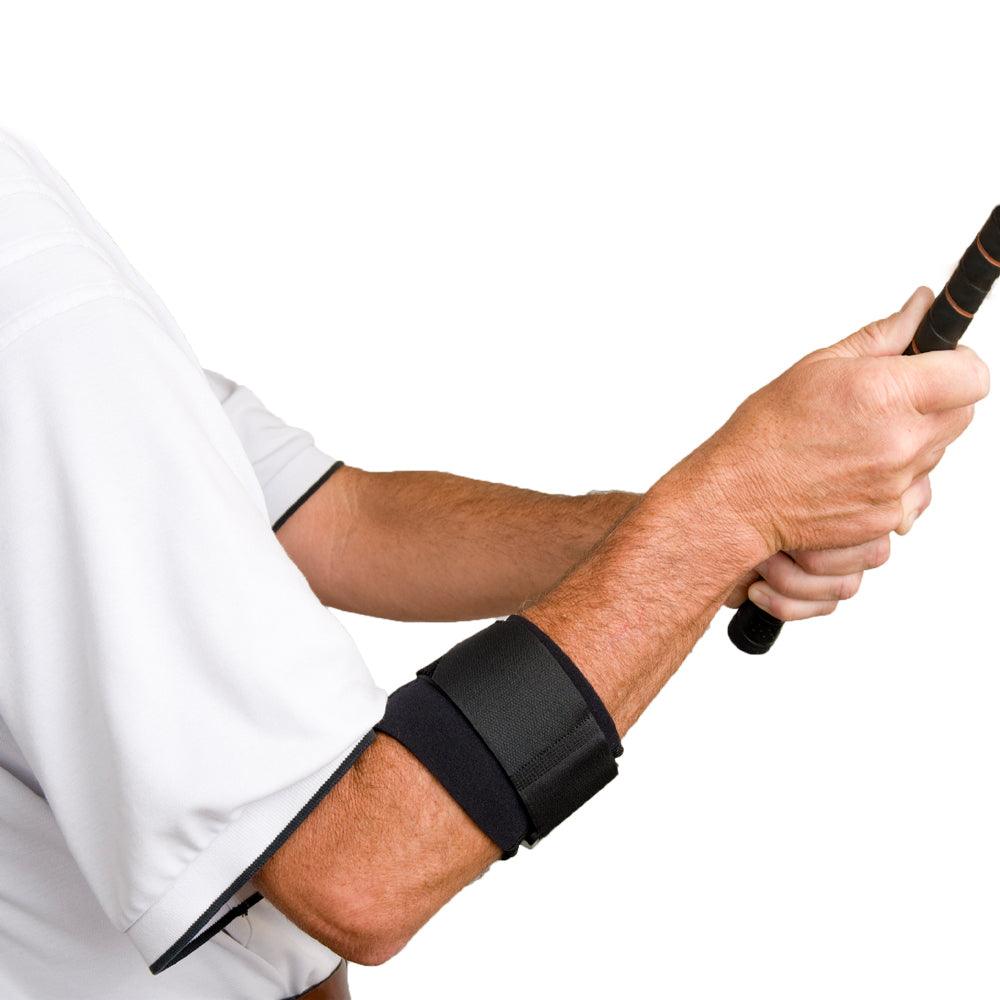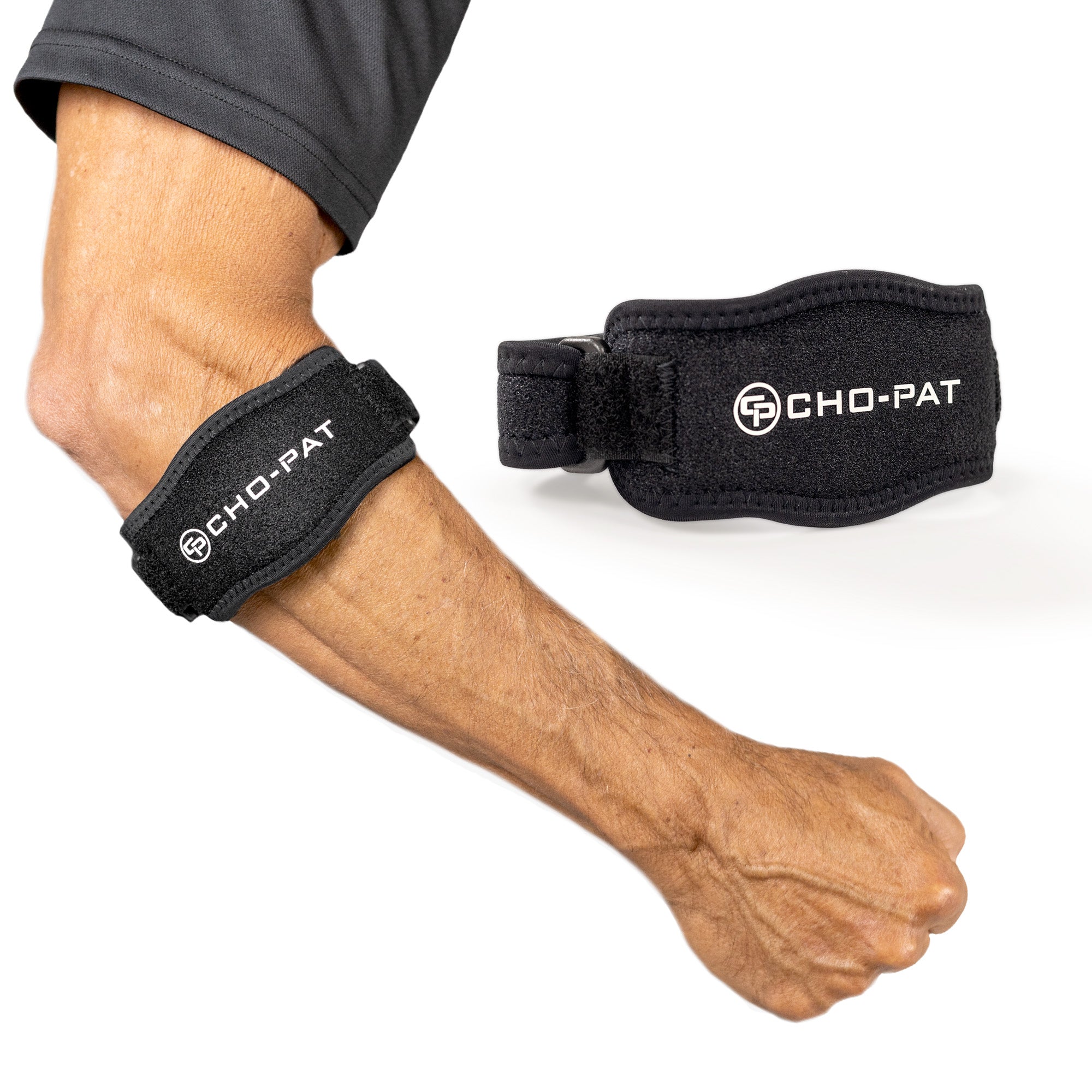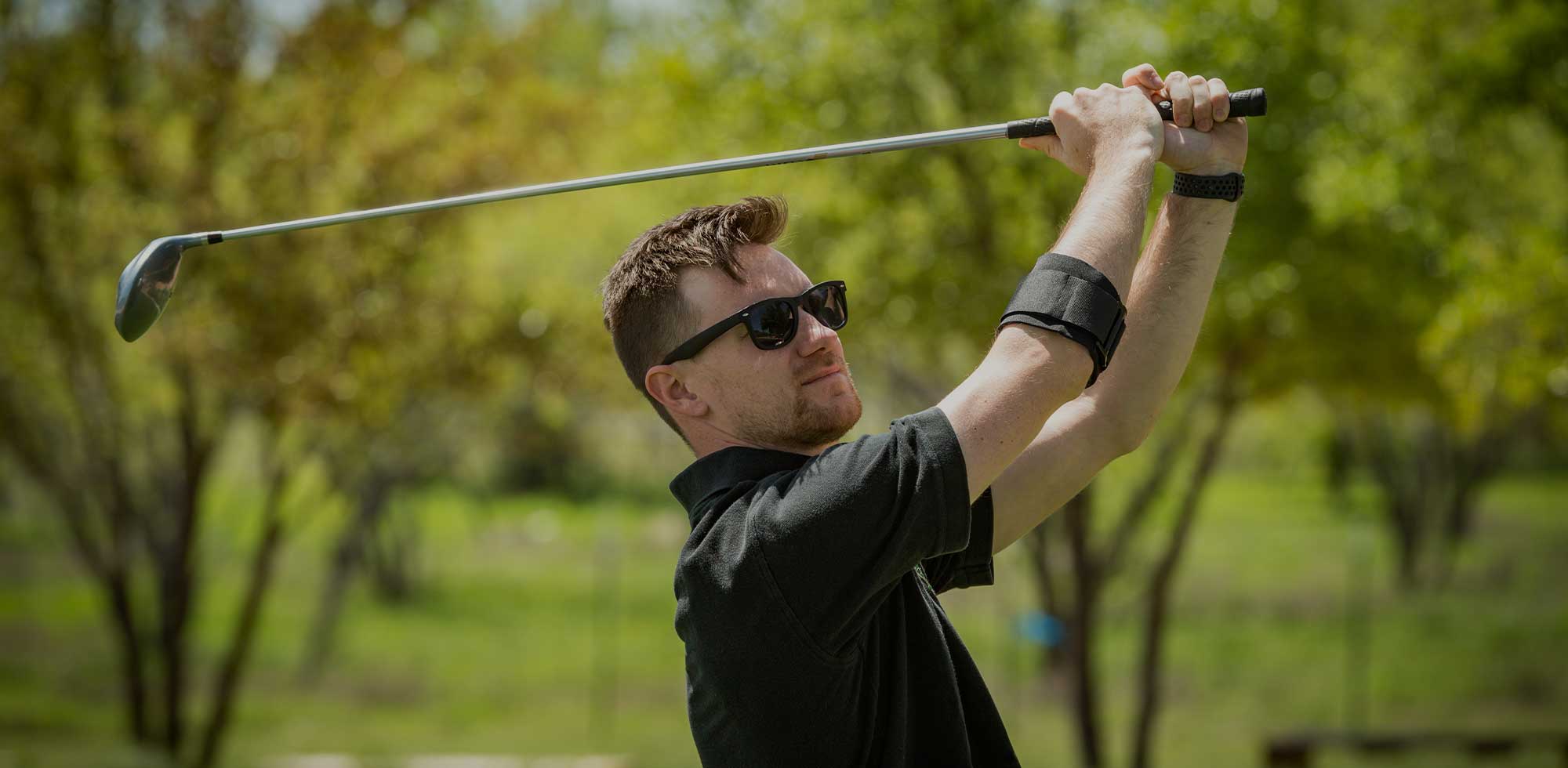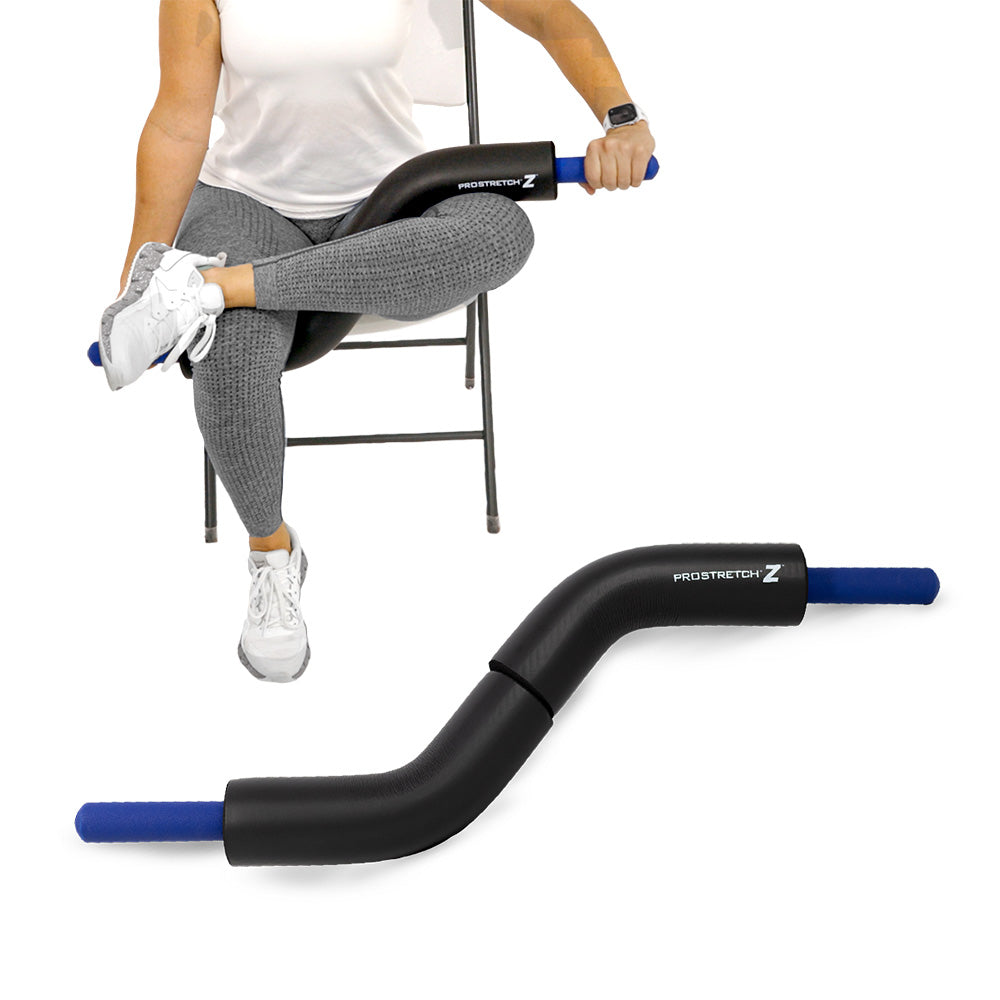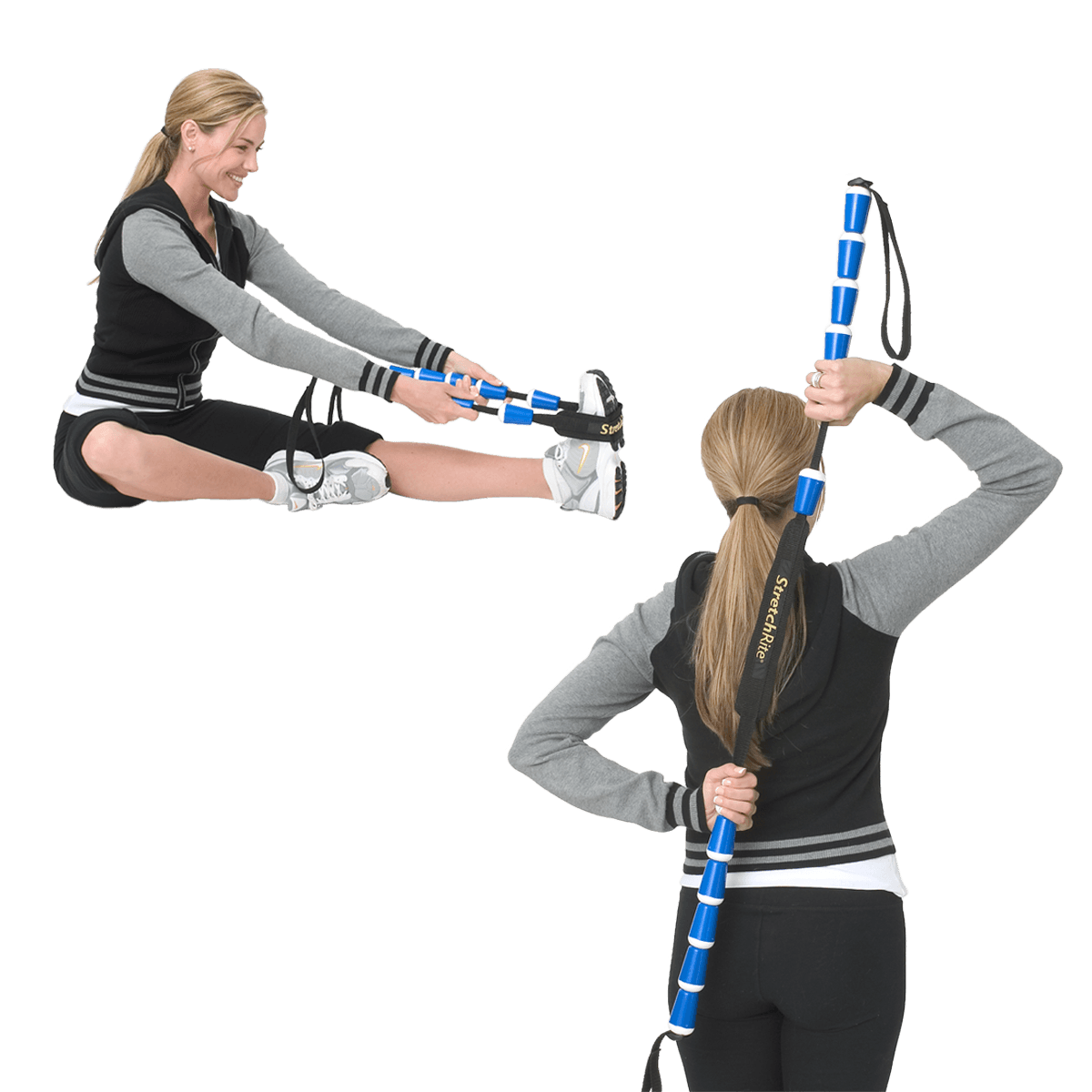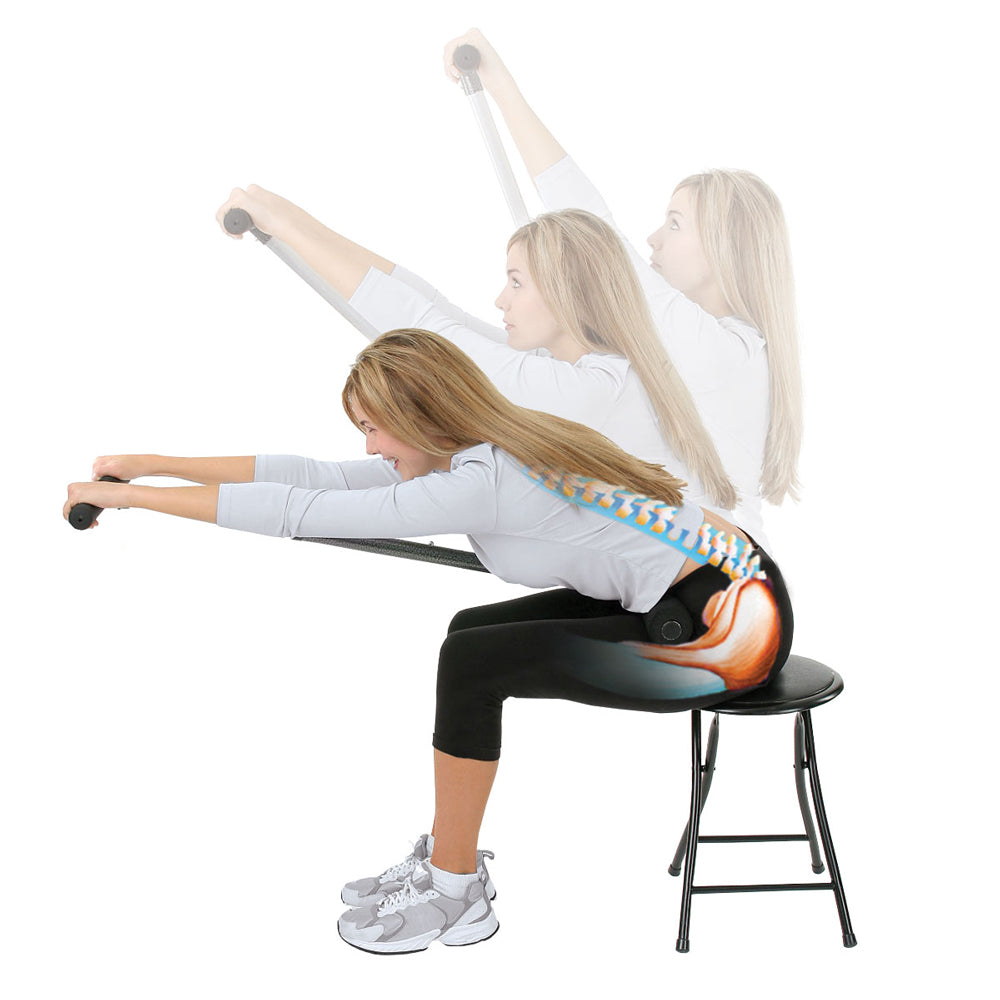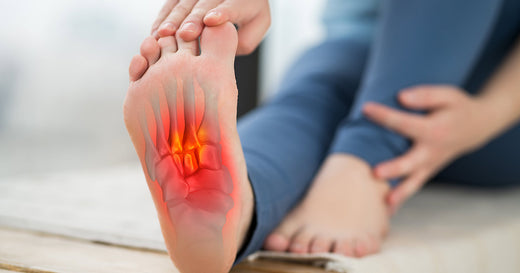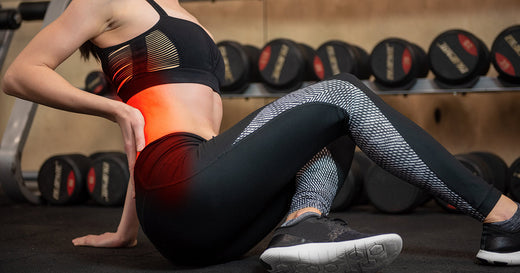There are three main muscles that make up the calf, and they include the soleus, the medial, and lateral gastrocnemius muscles. Some of the most common calf pain causes are injuries to these muscles. Calf pain can also be caused by medical conditions, bone fractures or breaks, joint issues, or circulation. Please see our calf pain exercises.
Causes
Calf Pain Causes
Some of the most common calf pain causes include:
- Muscle Strain – Fatigue, improper stretching, inflexibility or quick forceful movements can all cause muscle strain. Often, pulled or strained muscles occur during sports, but calf muscle strain can happen at any time.
- Cramps – Muscle cramps are often caused by fatigue, heat, or dehydration. They occur most commonly among older people, endurance athletes, or athletes who are not well conditioned.
- Baker’s cyst – A Baker’s cyst is joint fluid that pools behind the knee, causing pain to the back of your leg.
- Achilles Tendonitis –Often felt initially as a pain in the back of the heel, Achilles tendonitis pain can sometimes creep up the leg and into the calf.
Symptoms
Calf Pain Symptoms
Calf pain symptoms can range from occasional aches and pains, which are often treatable at home, and include:
- Muscle cramps or sore muscles
- Pain in the back of the lower leg
To more severe pain:
- Difficulty or pain walking
- Inflamed or torn tendons or muscles
- Tenderness or stiffness, particularly in the morning
- Sharp shooting pain around the shins
- Pain that persists even while resting
- Pain that lasts longer than just a few days
- Fever, redness, inflammation
Be sure to see your doctor if you have any question about your leg pain or if symptoms get worse.
Treatments
Calf Pain Treatment
Tight calf muscles by themselves can be painful, but they may also be symptomatic of weakness elsewhere in the leg. A calf strain, pull, or even a tight calf can change the way your walk, quickly impacting your hamstrings, hips, lower back and even foot. This change can set off a chain of events that, if not addressed, could lead to more complicated and painful results.
If you are experiencing tightness in your calf, you may already have triggered a tightening of your hamstrings. The same is true for the opposite direction of the interconnective chain; in fact, one of the leading causes of heel pain (plantar fasciitis) is tight calf muscles.
FOR IMMEDIATE RELIEF
Ice Treatment
Applying ice to the injured area will help to decrease inflammation and increase healing.
FOR LONG-TERM HEALING
Stretching and Strengthening Products:
When you have calf pain, stretching and massaging can help you feel better. This is because these actions make your calf muscles more flexible, which reduces tension and stress on the affected ligament. Stretching and massaging can also help blood flow and tissue healing in your calf, which can help reduce calf pain.
Recommended products:
 ProStretch® Plus Adjustable Calf and Foot Stretcher ★★★★★ The ProStretch Plus increases flexibility and range of motion in the plantar fascia, Achilles and calf muscles with a deep, pain-relieving stretch. ProStretch Plus has been proven to provide a deep stretch that increases flexibility along the entire inter-connective chain, delivering the long-term flexibility needed for a lasting plantar fasciitis treatment. |
 ProStretch® The Original Foot and Calf Stretcher ★★★★★ For over 30 years, ProStretch has been the favorite calf stretcher of professional athletes, athletic trainers, and physical therapists worldwide. It's unique rocker design holds the foot in the optimal position for a biomechanically accurate and efficient foot and leg stretch that increases flexibility and enhances overall performance. |
Massage Products:
Massaging the calf helps to relax tight muscles, release tension, and reduce overall discomfort. A targeted massage in the calf can address specific trigger points or knots in the muscles, contributing to pain relief and enhancing the overall recovery from calf pain.
Recommended products:
 ProStretch® Pro Stick Massage Roller ★★★★★ This product is an innovative massage therapy tool designed to increase circulation, warm the muscles, and improve the users overall performance. |
 ProStretch® Peanut Massage Ball ★★★★★ This roller’s peanut-shaped design allows it to get into targeted areas that are difficult to reach, providing a deep tissue massage for those knots that won’t go away and adds a more aggressive myofascial release. |
 ProStretch® Nonagon Foam Roller ★★★★★ The textured 9-sided foam roller design with a solid EVA foam core connects with the fascia with precision and allows for a deeper, stable, and secure roll without lifting your entire body weight. |
How to Prevent Calf Pain?
Preventing calf pain begins with proper warm-up routines and consistent stretching exercises to keep the muscles flexible and strong. Including calf stretches into your daily routine can help you improve blood circulation and reduce muscle stiffness.
It is recommended to gradually increase the intensity of physical activities while wearing supportive footwear to minimize calf strain. Massage and foam rolling, can further reduce the risk of calf pain by alleviating tension and promoting muscle recovery.
PLEASE NOTE: The information on this website and article is for information only and should not be used as a substitute for consulting your doctor. Consult your doctor for proper diagnosis and rehabilitation.




